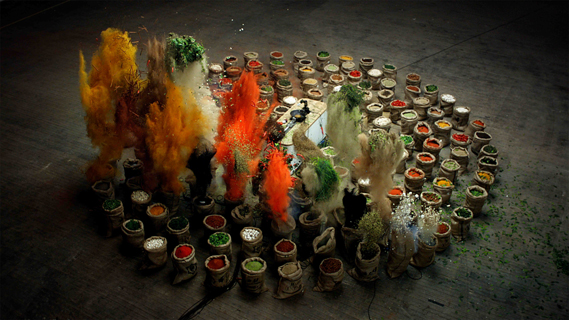Dearest Joe,
Other than asides, we don't often talk about our personal lives on this blog, but I'm breaking that little unwritten rule this afternoon. Sometimes big changes in your life seep into everything, like giving birth, leaving a job, or moving. I'm not giving birth (surprise!), but I am leaving a job that I love and moving to a new town.
It's come time for me to say goodbye to Bristol, VA/TN. I've lived there for several years and have enjoyed it immensely. It's an adorable small town with a main street that is becoming vibrant again after many years of neglect. I'll miss a lot of things about it like the lovely new brewery,
Studio Brew, where you and I spent our first Valentine's Day. Or
Blackbird Bakery, the bakery where we've eaten a near-lethal number of donuts. Or any of the other great downtown businesses like
Machiavelli's,
Eatz (where I've never had a bad meal!), or the many
great antique shops.
 |
Bristol's historic sign, which straddles
State Street and lights up at night! |
I'll also miss the people I met while working at the
Birthplace of Country Music Museum, where I've had the pleasure of working since June 2014 as the first full-time Curator of Collections and Digital Media. The time I spent helping open the museum, writing foundational policy, creating two special exhibits, planning concerts, and carrying out organization and preservation tasks with volunteers have been incredibly rewarding. I've also loved getting to know my great colleagues.
 |
BCM is an award-winning museum and I have some brilliant
colleagues there. If you haven't visited yet, you should! |
Despite missing all of these things, though, I'm excited to start a new chapter in my life in Pittsburgh with you, Joe. Still, it's always hard to leave friends, a place that you know well, and a challenging, rewarding job.
So this cocktail post breaks with our format and doesn't use our featured liquor. Instead, I've tried to find a cocktail that reminds me a bit of Bristol.
The obvious choice, of course, is something with a
Tennessee whiskey in it. But we use so much bourbon in our drinks on this blog (and in our regular lives), that I wasn't sure I wanted to drop money on a bottle of whiskey. I've also always been partial to Virginia for many reasons: I was born and raised there, It's absolutely gorgeous year-round, history and culture are literally all around you (Monticello, Mount Vernon, Williamsburg, and all the great stuff in and around D.C.), and it's becoming an increasingly blue state. I could've sprung for a bottle of Bowman's Virginia bourbon, but that also seemed silly -- bourbon, despite what Virginia Tourism will tell you, is not really our thing in the Commonwealth.
So what does Virginia do well? Virginians have been making wine for years, ever since Thomas Jefferson tried (with much difficulty) to grow wine grapes at his home, Monticello. Now there's a
thriving wine industry that has lovely semi-dry whites like traminettes and viogniers, other, more familiar whites that taste different than their West coast cousins, and a bevy of reds and red blends.
But even before T.J. tried to grow wine grapes, George Washington was enjoying another, now antiquated spirit at Mount Vernon, his Virginia home: applejack. Applejack, also known as apple brandy, is made from apple cider which is fermented, then heated and distilled, then sometimes aged in oak barrels. The Laird & Company Distillery who still distills applejack, holds the first commercial distillery license issued in the United States. In
The Drunken Botanist, Amy Stewart claims that, after receiving a gift of applejack from the Laird family, George Washington wrote them to ask for the recipe, though he may or may not have made his own apple brandy at Mount Vernon. While Laird is based in New Jersey, and has been since the late 1600s, they still use 100% Virginia apples for their apple brandy.
So, wine and apple brandy combine to create a delightful drink (thanks, Internet!) that's slightly sweet, delightfully complex, and perfect for spring and summertime sipping on the porch.
1 1/2 oz. Laird's Apple Brandy
3/4 oz St. Germain
1/2 oz. freshly squeezed lemon juice
1/2 oz. Virginia sauvignon blanc
Shake all the ingredients together then strain into a glass garnished with a slice of a Virginia-grown apple, if you wish.
 |
The finished cocktail next to a Pointer Brand purse made by L.C. King,
who has been manufacturing in Bristol for almost 100 years! |
So goodbye, Bristol. I'll miss a lot of great things about you and have lots of fond memories, but it's time to move on.







